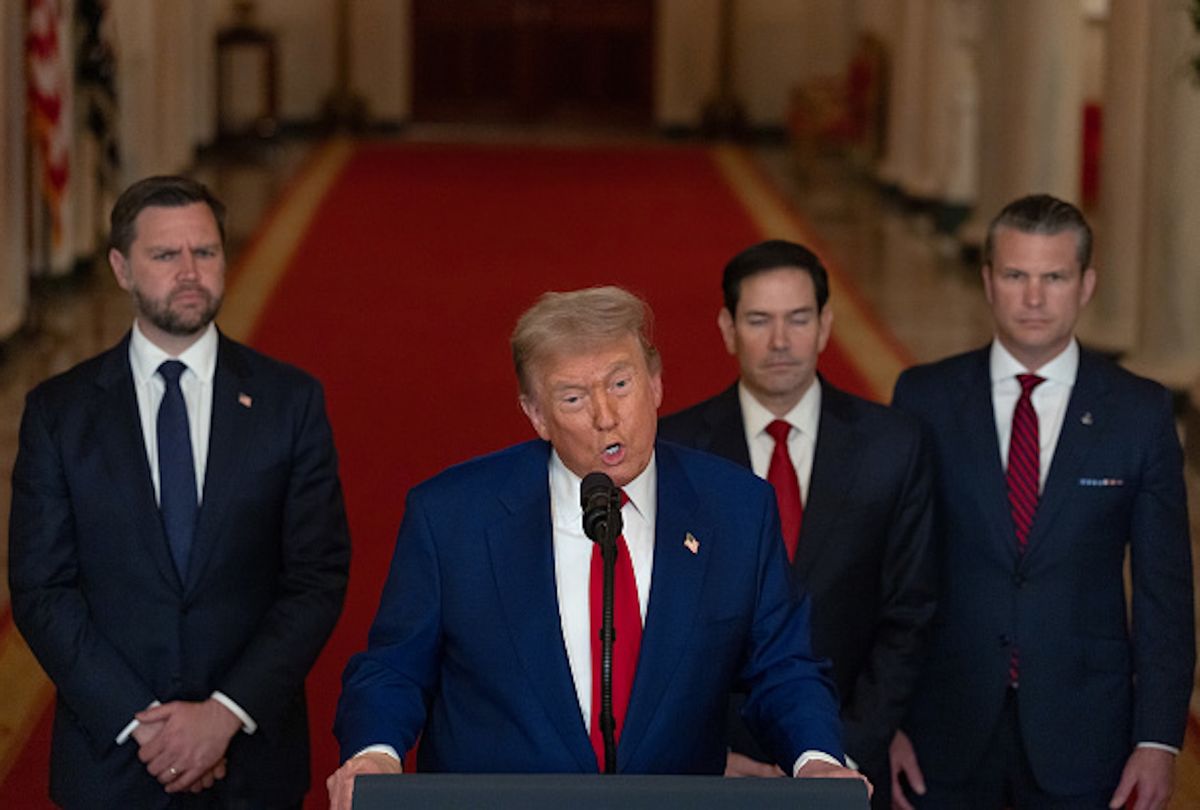The recent military actions by the U.S. against Iran underscore the severe implications of electing a president whose mental stability is in question. Following Israel’s strike on Iran, President Donald Trump, who has often been described as exhibiting traits of malignant narcissism, has been visibly agitated as he traverses Washington and the G7 summit in Canada, seemingly seeking the adoration he craves. The U.S. airstrikes on three Iranian nuclear facilities mark a concerning escalation in an already fraught situation.
There are valid arguments against psychoanalyzing political figures, yet when a leader shows signs of serious mental instability and poses risks to both national and global security, awareness becomes essential. Trump’s recent actions strongly imply that his mental state is influencing his approach to foreign policy, potentially leading us into a conflict with Iran.
In a hastily delivered speech from the White House, Trump hailed the airstrikes as a “spectacular military success.” His erratic behavior leading up to these events has included sudden changes in strategy and manic outbursts. This troubling pattern signals that his psychological condition may be catalyzing U.S. aggression toward Iran.
While diagnosing individuals in the public eye is fraught with difficulty, the Diagnostic and Statistical Manual of the American Psychiatric Association outlines the characteristics of narcissistic personality disorder, which Trump appears to exhibit. According to the manual, he meets multiple diagnostic criteria, indicating a pattern of grandiosity, a lack of empathy, and an overwhelming need for admiration.
The recent Israel-Iran conflict has provided Trump with a platform to garner attention, especially following a lackluster military parade that failed to capture public fascination. As the president struggled with embarrassment from his parade, opponents across the country celebrated democratic values, contrasting sharply with his desire for recognition.
Trump’s emotional responses are typically limited to rage and humiliation, emotions that likely intensified following a disheartening reception at the G7 summit. Amidst growing tensions, he sought to divert attention by promoting an unsubstantiated U.K. trade deal, desperately attempting to reclaim the limelight.
The situation escalated when Netanyahu’s significant actions regarding Iran drew global attention, prompting Trump to forge a path to military intervention. His rhetorical threats towards Iranian leadership demonstrate a shift from negotiating for peace to war—an impulse that could endanger countless lives.
As the airstrikes underscore a new phase in U.S. military involvement in the region, Trump flaunts potential retaliatory capabilities against Iran, vowing that future attacks will be far more devastating. The volatility of the region raises concerns about further conflict and retaliation from Iran.
Reports have also surfaced regarding the potential use of tactical nuclear weapons in Iran, a proposition that would be both illegal and unethical. Trump’s admission that he may take time to decide the next course of action reveals a troubling uncertainty in his decision-making process.
With tensions at an all-time high, the real dangers of Trump’s quest for attention have never been clearer. The repercussions of his actions could redefine U.S. foreign policy and stability in the Middle East, further entrenching the region in conflict. As the situation evolves, the world watches with trepidation, uncertain of what lies ahead under Trump’s impulsive leadership.

